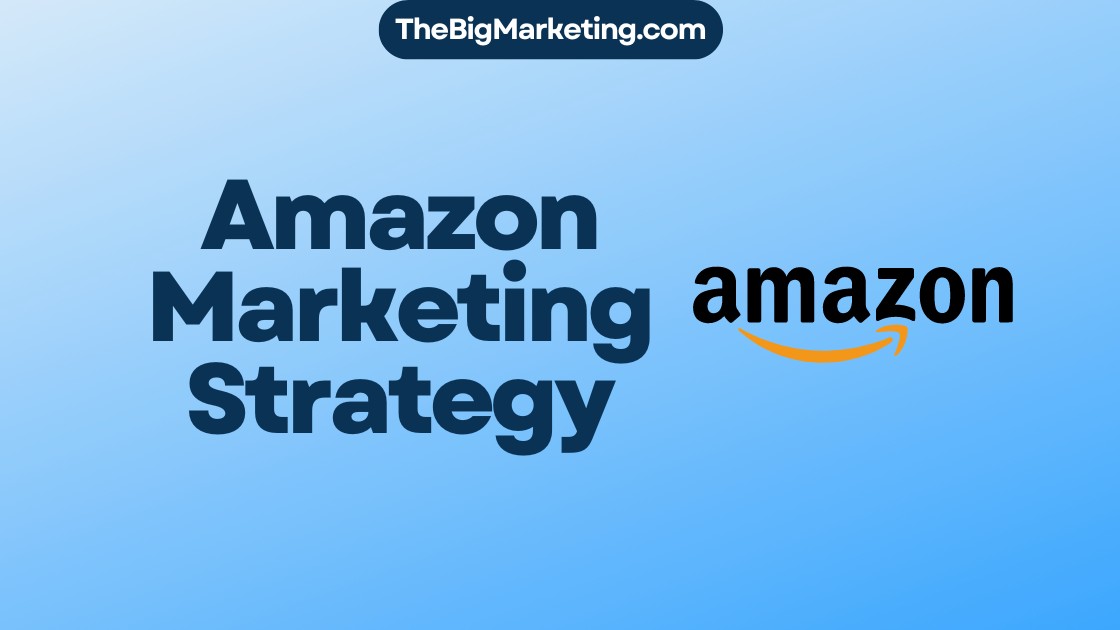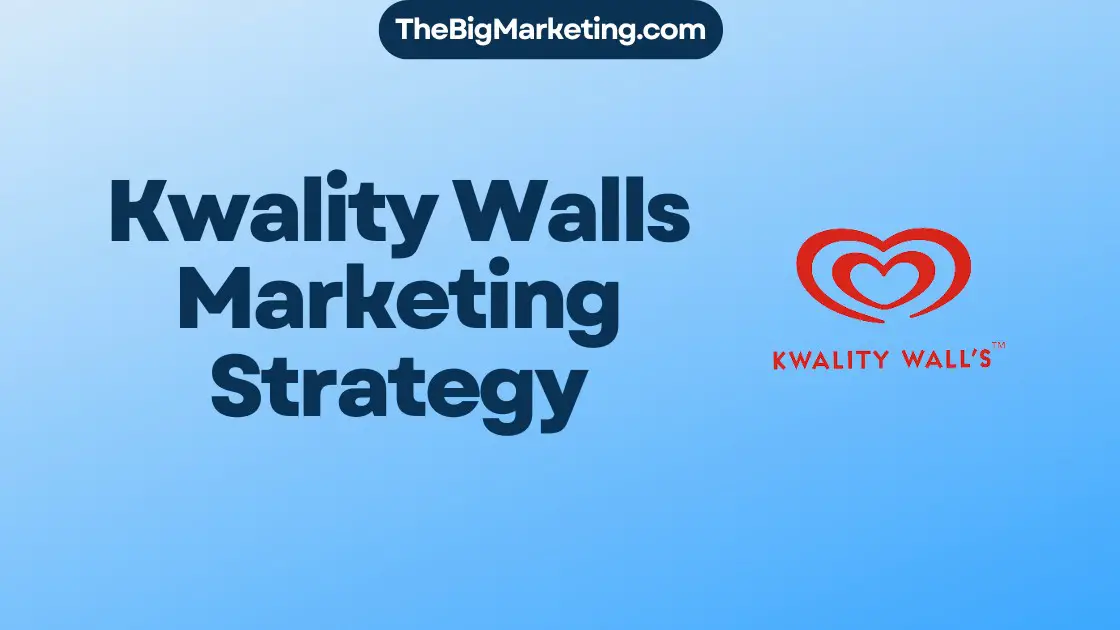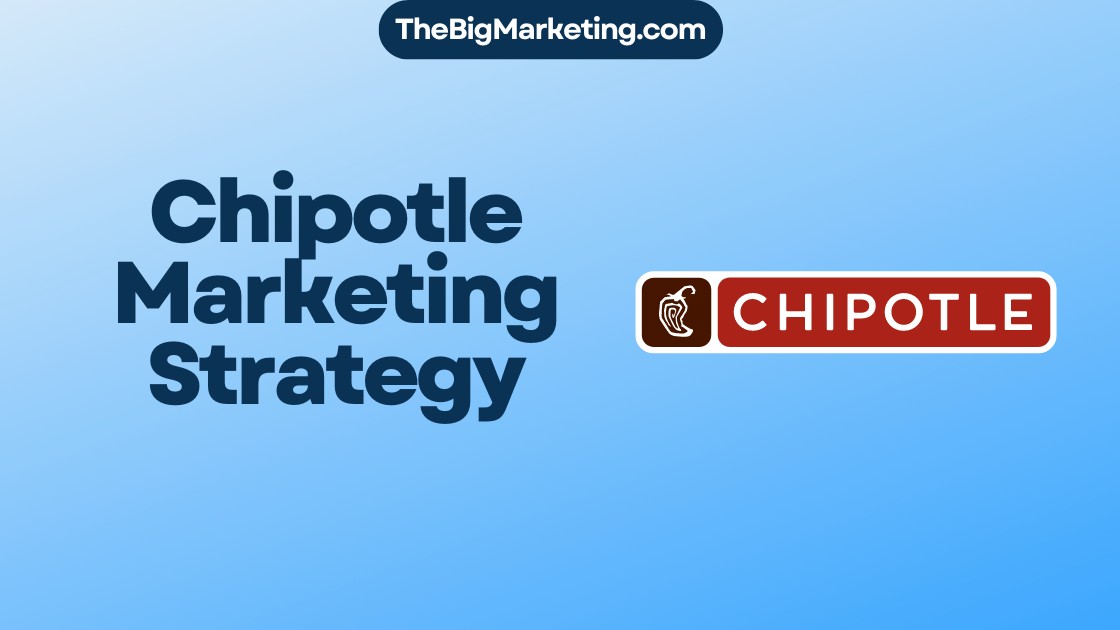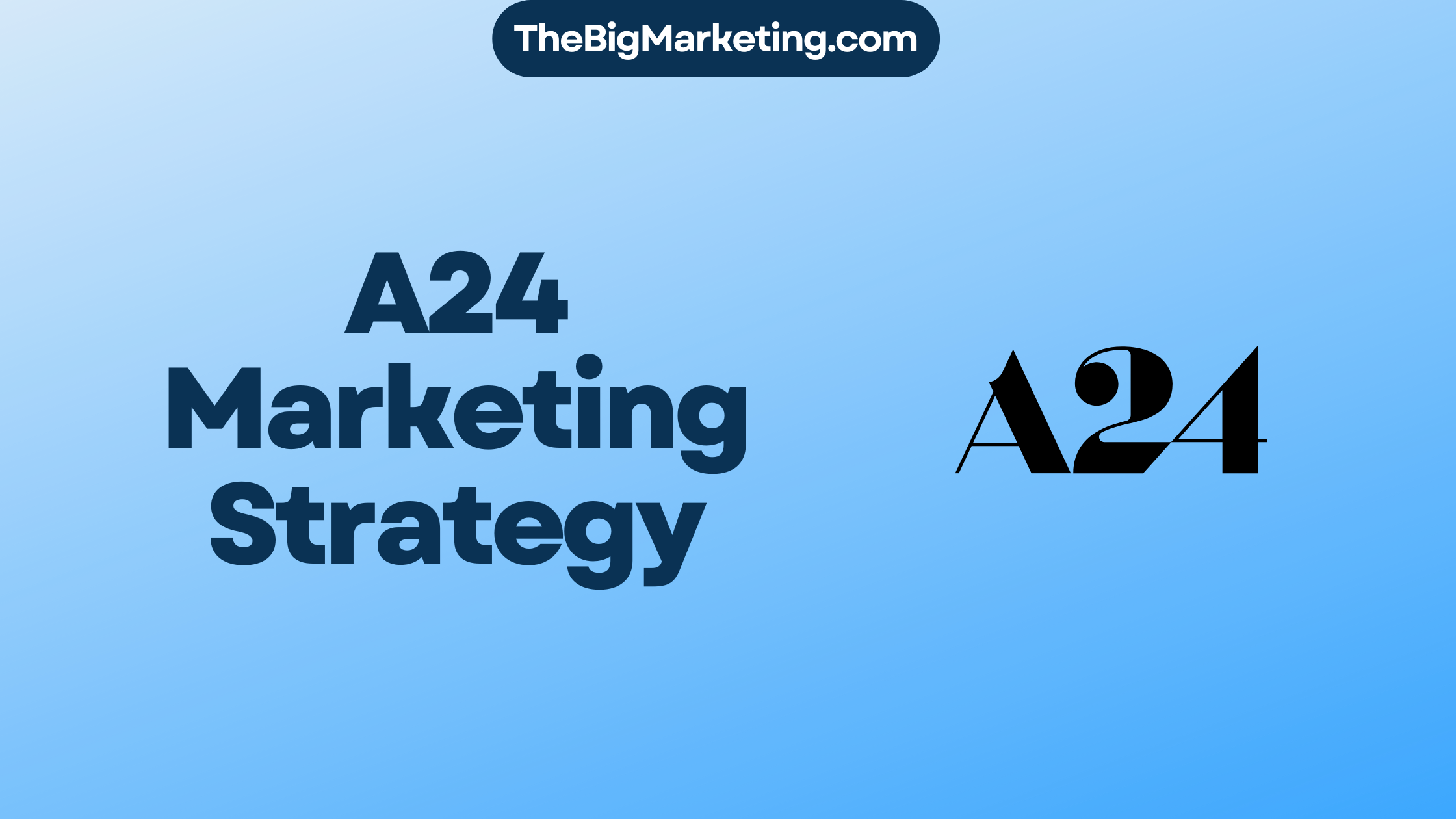A Customer Data Platform (CDP) is a tool that changes how we do marketing. It pulls together all customer data into one place. This gives marketers a full view of their customers. With a CDP, they can better understand and reach their audience.
They use this info to make smarter marketing moves. This includes dividing customers into groups, automating marketing tasks, and tailoring experiences. It’s all about making each customer’s journey special.
Key Takeaways:
- CDPs centralize and organize customer data for effective marketing campaigns.
- They enable better customer segmentation, targeting, and personalization.
- CDPs support real-time audience syndication to ad platforms and use AI for personalized recommendations.
- Marketers can surround customers with consistent messaging across multiple channels through CDPs.
- CDPs improve 1:1 personalization, ad retargeting, and automation for enhanced efficiency and scale.
What is a Customer Data Platform (CDP)?
A customer data platform (CDP) is software that gathers all customer data. It puts it all in one place for marketing use. This gives a complete picture of a customer’s info and actions.
With a CDP, marketers can use this data in different ways. They connect it to platforms like email, Facebook, or SMS. Some CDPs also have AI and machine learning. This makes them powerful tools for getting new customers, making sales, and keeping customers happy.
The Benefits of a Customer Data Platform
Using a CDP has many advantages:
- Centralized Customer Data: A CDP lets marketers gather and sort customer data from many places. This creates one main place to get and study the info.
- AI and Machine Learning Capabilities: Some CDPs use AI and machine learning. This helps get new customers, make sales, and keep customers coming back by offering tailored suggestions.
- Improved Customer Acquisition: By using centralized customer data, marketers can target and get new customers more effectively with their campaigns.
- Enhanced Customer Conversion: Having all customer info in one place lets marketers create personalized experiences. These experiences make customers more likely to buy.
- Improved Customer Retention: CDPs help marketers understand what customers like and do. This means they can make strategies that are more personalized, keeping customers loyal.
In short, a CDP gives marketers a full tool for managing customer data, starting marketing efforts, and getting insights from AI. By using a CDP, marketers can better get new customers, make sales, and keep customers, leading to smarter and more successful marketing.
Example CDP Implementation
Here’s a way a CDP can be used in a marketing campaign:
| Scenario | CDP Benefit |
|---|---|
| A customer visits an e-commerce website and adds items to their cart. | The CDP notes this and starts an abandoned cart email and retargeting ads. |
| The customer gets the abandoned cart email and clicks a product link. | The CDP tracks this click, updating the customer’s profile and interests. |
| The customer sees retargeting ads on social media. | The ads are personalized, thanks to the CDP knowing the customer’s recent actions and likes. |
| The customer buys the items. | The CDP updates the customer’s info and stops future retargeting ads, avoiding unnecessary repeats. |
This example shows how a CDP uses customer data to make a smooth and personal shopping journey. This helps get more customers, make more sales, and keep customers happy.
Better Segmentation and Granular Targeting
Customer Data Platforms (CDPs) go beyond what traditional Email Service Providers (ESPs) offer. They excel in advanced segmentation and granular targeting. Basic segmentation sorts audiences into groups, but CDPs let marketers zoom in with granular segmentation. This way, campaigns become more targeted and personal.
CDPs stand out because they allow filtering and segmenting customers by detailed attributes like product variants and metadata. Such detailed segmentation means marketers can send campaigns to customers based on available sizes or preferences. This ensures customers enjoy better experiences and campaigns are more effective.
Benefits of Better Segmentation
With granular segmentation, marketers can craft custom audience segments based on detailed criteria. This strategy ensures the right message hits the right audience at the perfect time. Tailoring messages to different customer groups elevates marketing effectiveness.
Granular segmentation boosts personalization efforts. Marketers can move away from generic emails to deliver messages that truly speak to individual needs. This strategy increases customer engagement, conversion rates, and satisfaction.
Optimizing Campaign Effectiveness
CDPs enable creating custom segments that match marketing goals perfectly. By using granular segmentation, marketers can target customers most likely to show interest in their offers. This targeted approach aligns with marketing objectives effectively.
Consider a clothing retailer targeting customers who bought dresses before. They can create a segment for these customers. Then, they can send personalized emails about new dresses or exclusive deals. This strategy is tailored for that specific audience’s tastes.
This kind of targeting boosts campaign effectiveness and customer experience. When customers get content that matches their interests, they’re more engaged and likely to make a purchase.
| Benefits of Granular Segmentation and Targeting | How CDPs Enable Better Segmentation |
|---|---|
| 1. Improved campaign effectiveness | – Filtering and segmenting customers based on specific attributes |
| 2. Higher customer engagement | – Creating custom audience segments |
| 3. Increased conversion rates | – Delivering personalized messages |
| 4. Enhanced customer satisfaction | – Targeting specific customer segments |
Surrounding the Customer with Consistent Messaging
Customer Data Platforms (CDPs) with omnichannel journey builders let marketers create personalized campaigns. They target audience segments across various marketing channels. This ensures consistent messaging and a smooth experience for customers everywhere.
For example, a post-purchase campaign in the hotel industry might use email and SMS messages. These are triggered by customer actions like booking a room or checking in. By using the same offer across different channels, marketers can boost their campaign’s impact and reach customers where they like to interact.
This unified marketing approach lets brands deliver a personalized experience. They maintain a consistent message across all customer touchpoints. No matter the channel – be it email, social media ad, or push notification – the message stays the same. This gives customers a seamless and united brand experience.
CDPs also let marketers use journey builders. These tools help create targeted campaigns across multiple touchpoints. Journey builders let marketers plan the ideal customer journey and craft personalized messages at each step.
By combining omnichannel marketing with consistent messaging, brands offer a more personal and engaging customer experience. This not only boosts customer satisfaction but also leads to higher conversion rates and loyalty.
In conclusion, journey builders and CDPs empower marketers to flood their customers with consistent messaging. They offer a smooth and personalized experience across various channels. This omnichannel strategy allows brands to connect with their customers wherever they are. It ensures a cohesive message throughout their journey.
Improved 1:1 Personalization and Custom Recommendations
Customer Data Platforms (CDPs) bring personalization to a new level. They use AI and machine learning for better 1:1 personalization and recommendations. By looking at past customer behavior, CDPs figure out what people might buy next. They then personalize content to fit these interests. This makes marketing very relevant and specific to each customer, leading to more engagement and sales.
A travel company might use a CDP for its email marketing. It could suggest popular hotels near the customer. The CDP analyzes past behaviors and preferences to offer personalized recommendations. Customers are more likely to react to offers that fit their interests. This approach makes them more likely to book a stay.
With CDPs, marketing goes from general and broad to personal and highly relevant. By understanding past behaviors and using AI, marketers can offer custom recommendations. These suggestions really speak to each customer on a personal level. This strategy leads to better marketing success.
Benefits of Improved Personalization and Custom Recommendations:
- Enhanced customer engagement by providing tailored experiences.
- Increased conversion rates through personalized recommendations based on past customer actions.
- Improved customer satisfaction and loyalty by delivering relevant content and offers.
- Optimized marketing spend by targeting customers with higher propensity to purchase.
- Efficient use of resources through automated personalization driven by AI and machine learning.
Let’s look at an example of how powerful personalization can be:
A clothing retailer uses a CDP to study customer behavior. They notice some customers prefer a particular jeans brand. The retailer then sends these customers emails about new styles and deals for those jeans. By matching the content to what each customer likes, the retailer boosts sales chances.
Real-time Audience Syndication to Ad Platforms
Customer data platforms (CDPs) make sure marketers can update customer info quickly. This ability improves ad targeting, keeping ads relevant to users. When a customer buys something after getting a reminder email, the CDP changes their profile. This stops them from seeing unnecessary ads for items they’ve already bought. It saves money and keeps customers happy by not showing them pointless ads.
Marketers can fine-tune their ads and messages, hitting the right audience when it matters. This is super useful for getting ads in front of folks who are already interested. CDPs help marketers use customer data well and act on new info right away. This lets marketers make smart choices, boosting engagement and the number of people who buy or sign up.
It’s crucial to use real-time updates to show personalized, relevant ads. By always refreshing customer profiles, marketers can target better and match ads to what people like. This fine-tuning makes ads more effective and can lead to better sales. CDPs give marketers what they need to adapt and succeed in changing digital ad scenes.
| Benefits of Real-time Audience Syndication to Ad Platforms |
|---|
| Improved ad targeting |
| Enhanced customer experience |
| Prevents wasteful ad spend |
| Optimized ad campaigns |
| Higher engagement and conversions |
Using AI to Enrich Ad Retargeting Audience
Customer Data Platforms (CDPs) use artificial intelligence (AI) to make ad retargeting better. They look at customer actions and buying patterns to find potential buyers. This improves ad spending and targets customers more precisely.
Additionally, CDPs find similar groups of people, creating valuable lookalike audiences. This helps marketers give more personalized ads to potential customers. It makes retargeting campaigns more effective overall.
CDPs use AI to analyze lots of customer data and find key insights. These insights help marketers target their ads better. By knowing what customers like and buy, they can make their ad retargeting more successful and increase chances of making a sale.
Also, CDPs help marketers catch customers’ attention in short moments. These moments are when people are looking for something specific. With AI, CDPs can show personalized ads at the perfect time. This boosts engagement chances.
Creating Lookalike Audiences with Predictive Analytics
Using predictive analytics, CDPs find patterns among customer groups. They create lookalike audiences that resemble existing target audiences. This lets marketers reach new people who are more likely to be interested.
To create these audiences, lots of data and different data points like behavior and interests are analyzed. AI helps in going through this complex data. It helps in pinpointing similarities among customer profiles. This makes retargeting campaigns more powerful and reaches more potential customers.
Enhancing Ad Personalization with AI Insights
AI-driven CDPs allow for ad personalization based on what customers like and do. By using AI, CDPs can make ad content that matches individual customers’ interests. This makes customers more likely to engage and buy.
Predictive analytics look at customer data like browsing habits and past purchases. This helps in understanding what customers want. With this knowledge, marketers can create ads that meet customers’ exact needs. This leads to a more focused retargeting strategy, better results, and ROI.
Using AI in ad retargeting changes how marketers interact with potential buyers. By using predictive analytics and creating lookalike audiences, CDPs help deliver personalized ads at the right moment. This makes retargeting campaigns more successful and beneficial for businesses.
| Benefits of Using AI in Ad Retargeting |
|---|
| 1. Increased ad relevancy and personalization |
| 2. Improved targeting of high-intent prospects |
| 3. Expansion of retargeting audience through lookalike audiences |
| 4. Optimized ad spends through predictive analytics |
Achieving Efficiency and Scale Through Intelligent Automation
In today’s fast-paced marketing world, being efficient and scalable is key. Intelligent automation helps greatly. Customer data platforms (CDPs) give marketers a strong tool. They use intelligent automation to manage customer data, segment reports, and more, all in one place.
CDPs free up time by automating tasks. These tasks include integrating, cleaning, and enriching data. This makes customer data more accurate and complete. It leads to better campaign targeting and personalization.
CDPs make it easy to send personalized campaigns more often. They automate creating and delivering content that fits customer preferences. This lets marketers focus on big ideas and growth.
CDPs are user-friendly and don’t need much IT help. Even teams without many resources can use them well. Marketers can easily use CDPs to get great results from their customer data.
Benefits of Achieving Efficiency and Scale Through Intelligent Automation
Using intelligent automation with CDPs brings many benefits:
- Improved Efficiency: Automation makes processes smoother, cuts mistakes, and saves time. This lets marketers work on important tasks and new ideas.
- Enhanced Scale: By automating routine tasks, marketers can grow their campaigns. They reach more people with personalized experiences without losing quality.
- Data-Driven Insights: Intelligent automation provides real-time data reports. This gives marketers valuable insights for better strategy and optimization.
- Targeted Segmentation: Automation leads to detailed customer segmentation. This means marketers can create campaigns that really speak to specific groups.
Let’s see how intelligent automation changes marketing with this table:
| Manual Process | Automated Process |
|---|---|
| Manually importing and exporting customer data from various sources | Automatic data integration, cleansing, and enrichment |
| Manually segmenting customers based on limited criteria | Automated segmentation using advanced algorithms and machine learning |
| Manually creating and delivering personalized campaigns | Automated campaign creation and delivery based on customer preferences and behaviors |
| Manual reporting and analysis | Real-time reporting and analysis with customizable dashboards and KPI tracking |
The table shows that CDPs and intelligent automation transform marketing. They make processes more efficient and scalable. Marketers can focus on creating better targeted and personalized campaigns. They get better results with less effort.
What are the Benefits of Using a CDP?
A customer data platform (CDP) has many perks for marketers. It helps them boost their marketing efforts and achieve great results. By gathering and ordering customer data from different places, a CDP gives a full picture of the customer.
Marketers can easily manage and study this data. This leads to better insights and smarter decisions.
One big plus of using a CDP is how it helps with customer analytics. Marketers can use the sorted data for deep analysis. This helps them understand customer behavior and what they like to buy.
This knowledge allows marketers to make targeted and personal ads. These ads connect better with people, which improves customer engagement and conversion rates.
Also, a CDP helps with keeping customer data safe and meeting privacy laws. With tough rules on customer data, a CDP makes sure info is secure and treated right. This builds trust with customers and boosts the brand’s image.
To summarize, the benefits of using a CDP include:
- Complete view of the customer
- Organized customer data management
- Enhanced customer analytics
- Improved data protection and privacy
| CDP Benefits |
|---|
| Complete view of the customer |
| Organized customer data management |
| Enhanced customer analytics |
| Improved data protection and privacy |
Using a CDP lets marketers make the most of their customer data. This creates personalized experiences that really speak to their audience. In turn, this boosts customer engagement, raises conversions, and helps the business grow.
Conclusion
Customer Data Platforms (CDPs) are vital for today’s marketing. They gather customer data in one place for better campaigns and personal experiences. With CDPs, marketers can group customers better and use AI to improve customer journeys. They also combine well with marketing tools like CRM, making customer data easy to use and automate.
A CDP can change how marketers work by making the most of data-driven and personal marketing. It creates a single view of each customer. This lets marketers know their customers more and connect better. With insightful data and automation, CDPs make customer journeys better. They give timely and relevant messages all through the customer’s time with a brand.
CDPs are key for good data-driven and personal marketing. They hold customer data together, work with CRMs, and help with grouping customers. This lets marketers give personal experiences on a big scale. Using CDPs makes marketing better, builds stronger customer bonds, and grows the business. This happens through better customer journey planning.







